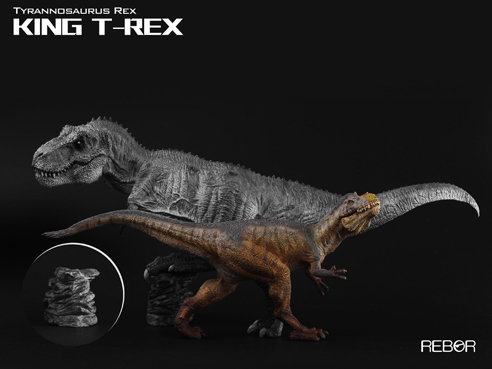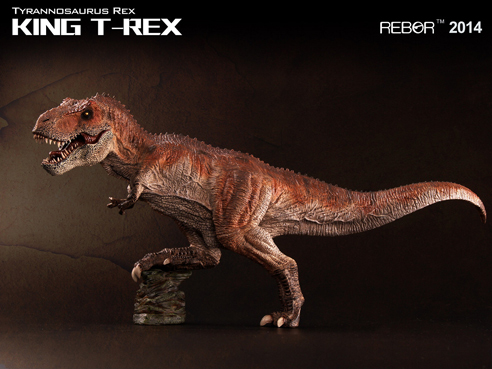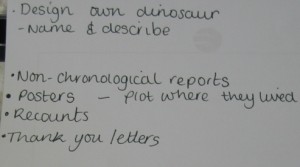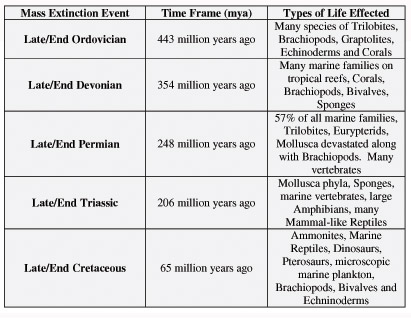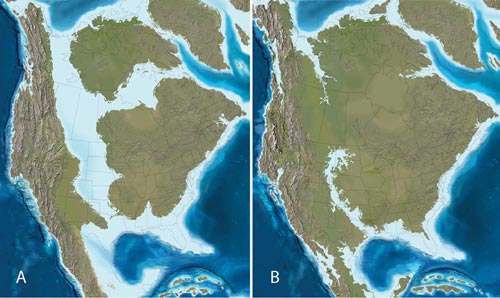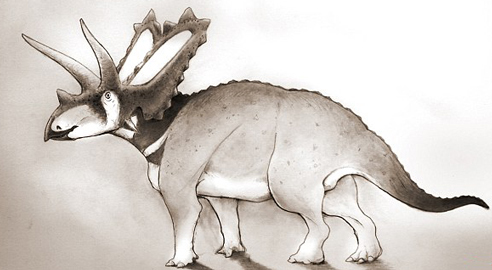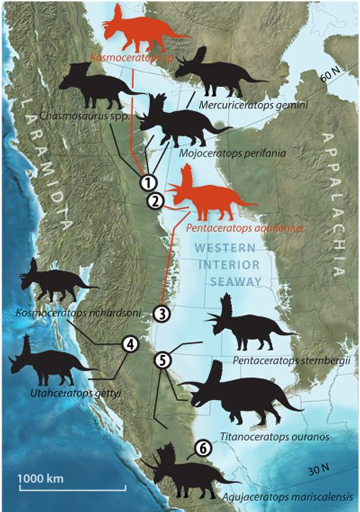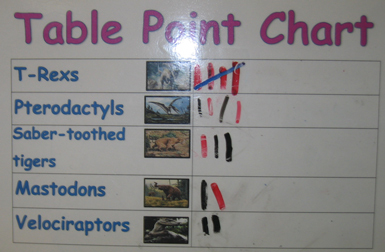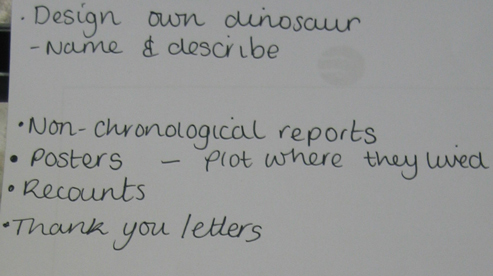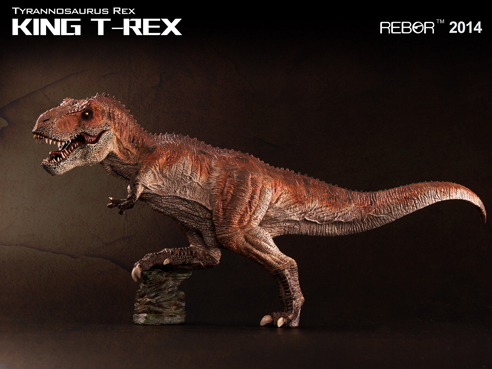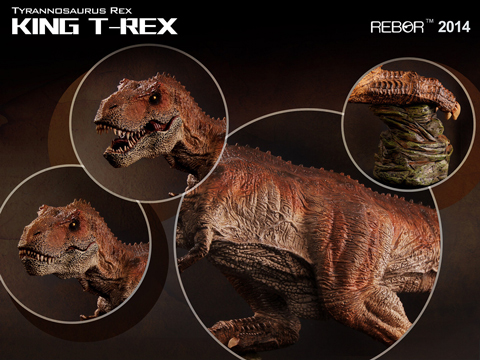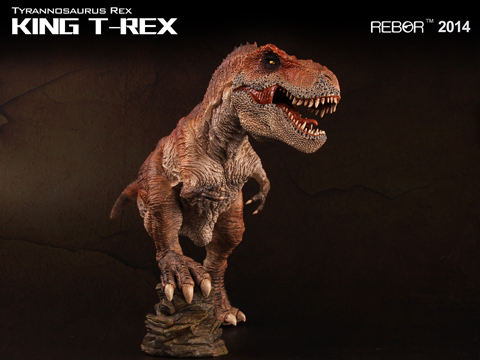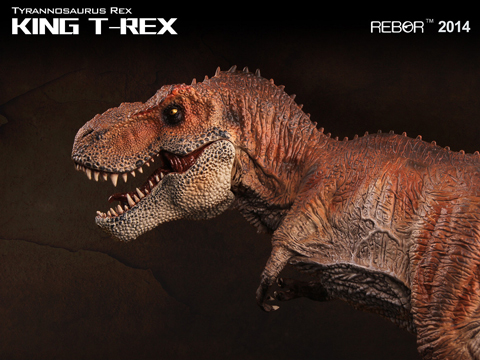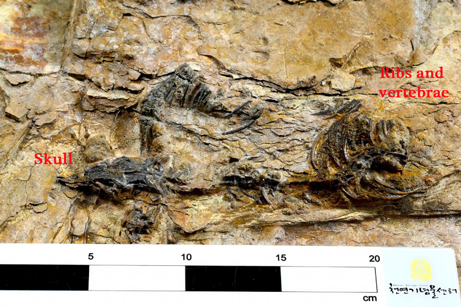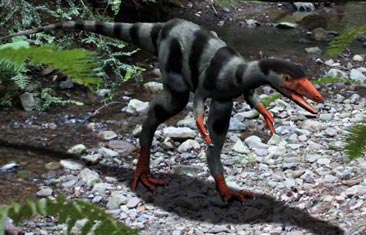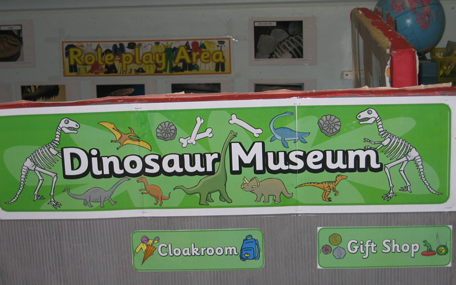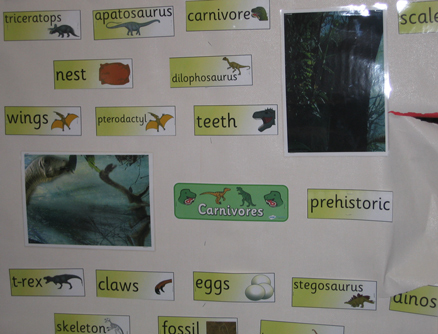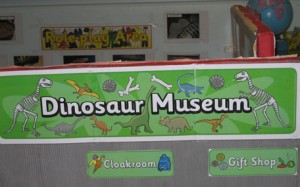Putting the “King” into the Tyrant Lizard
The Rebor KING T-REX – An Appropriate Name
Everything Dinosaur team members are eagerly expecting the arrival of their shipment of Rebor 1:35 scale Tyrannosaurus rex replicas. The shipment is expected very shortly and in the meantime, staff have been busy making sure that everyone who emailed asking for a model to be reserved has been added to our reservations list.
Rebor King T-REX
One of the things we have noticed about Rebor is that they tend to assign a moniker or nick-name to their sculpts. For example, the rather wonderful model of Yutyrannus huali was nick-named Y-REX. This term does not have any significance from a palaeontological perspective, after all Yutyrannus, from northern China, lived more than fifty-five million years before the more famous North American tyrannosaurid – Tyrannosaurus rex.
Ironically there is a body of evidence to suggest that Late Cretaceous predators such as the members of the Tyrannosauridae that roamed the landmass of Laramidia on the western side of the that shallow sea that divided the continent (Western Interior Seaway), were actually descended from tyrannosaurs that migrated from Asia.
A Chinese Migrant?
Imagine that, the most famous dinosaur from the United States and the pride of so many North American museum collections being descended from Chinese immigrants.
The T. rex is going to be the second replica released in the Rebor model series. It too, is modelled in 1:35 scale, but since Tyrannosaurus rex was larger than Yutyrannus, the replica is considerably bigger. This rather stylish photograph sent to us by our chums at Rebor illustrates this point nicely.
Comparing the T-REX with the Y-REX Rebor Replicas
Picture credit: Rebor
Rebor Tyrannosaurus rex Dinosaur Model
The Rebor Tyrannosaurus rex will have the nick-name KING T-REX. Rebor states that by adopting this tactic, the products can develop personalities and it is the company’s intention to roll out such nick-names across their entire range.
Such titles do have other benefits. For example, lots of parents and grandparents contact us and they struggle to pronounce many of the names of the prehistoric animals that they are trying to acquire for their children or grandchildren. An easy to remember (and pronounce) name will certainly prove a boon to those folks who are perhaps not as well acquainted with the tongue twisting names of certain Dinosauria that young dinosaur fans revel in being able to pronounce correctly.
To view Everything Dinosaur’s range of Rebor replicas: Rebor Prehistoric Animal Replicas.
Regal Status for a Dinosaur Model
Providing regal status for the Rebor Tyrannosaurus rex replica is also appropriate as the binomial scientific name of this theropod translates as “King of the Tyrant Lizards”. However, this was not the first name used to describe what is now known to be T. rex fossil material. The first Tyrannosaurus rex bones put on the record were a pair of damaged cervical vertebrae (neck bones), one of which has been subsequently lost. Edward Drinker Cope, noting the extensive honey-combed internal structure of these bones assigned the name Manospondylus gigas which means “giant air-filled vertebrae”, not the sort of name to inspire a generation of dinosaur fans.
“King of the Tyrant Lizards”
This iconic “King of the Tyrant Lizards”, perhaps the most famous organism known from the fossil record, was also very nearly called Dynamosaurus (D. imperiosus), this translates to “Imperial Power Lizard”, at least the regal theme would have been retained.
To read more about the naming of this dinosaur: Tyrannosaurus rex – What’s in a Name?
Within natural history museum collections, the tyrannosaur material can attain a special status. These are the fossils that are requested to be photographed or used in video footage to support a news article. Having tyrannosaur material is often looked at as being a badge of honour for the museum, whilst in all honesty, other less high profile fossil material within the collection may have far greater significance in terms of importance to research.
As arguably, the most iconic of all the dinosaurs, after all T. rex has come out as number one in every single survey conducted by Everything Dinosaur with regards to prehistoric animal popularity, certain more complete specimens have acquired a degree of nobility in the minds of museum directors and administrators.
The 1:35 Scale Replica of the Rebor Tyrannosaurus rex
“Aristocratic” Dinosaur Fossils
These “aristocratic” dinosaur fossils have become even more special and important in the minds of the general public as it is these fossil specimens that are the the subject of documentaries and television programmes.
As for the question of a “King T. rex“, as in the biggest specimen found to date, or even a new species to distinguish between the different T. rex morphologies known. That is quite hard to answer. “Sue” at the Field Museum in Chicago is regarded as the largest, she (believed to represent a female), is also one of the best preserved and the most complete. But is this the largest Tyrannosaurus rex that ever lived? Probably not, tyrannosaurs seem to have grown differently to mammals, for as long as they lived they got a little bigger year on year.
It is likely that somewhere in the Badlands of Montana or South Dakota there is a fossil of an even bigger T. rex waiting to be discovered.
That’s the joy of palaeontology, you just never know.
So we look forward to welcoming the Rebor KING T-REX to our inventory, a very noble replica of a Tyrannosaurus rex.
To contact Everything Dinosaur so that you can reserve a Rebor T. rex replica: Email Everything Dinosaur.


